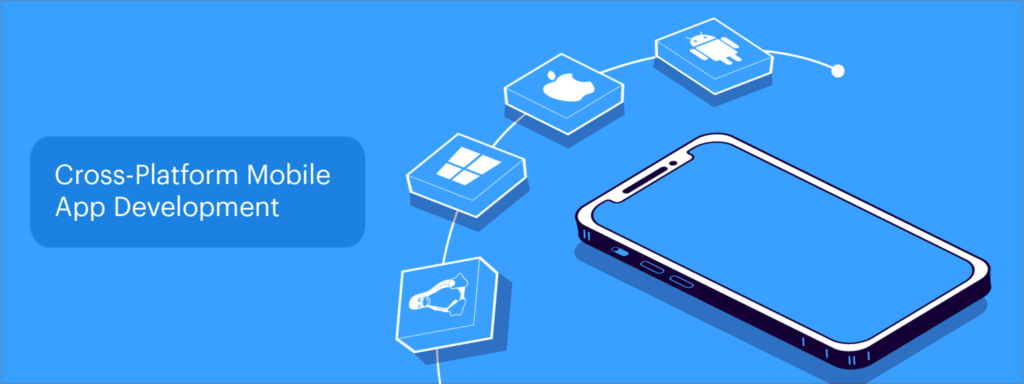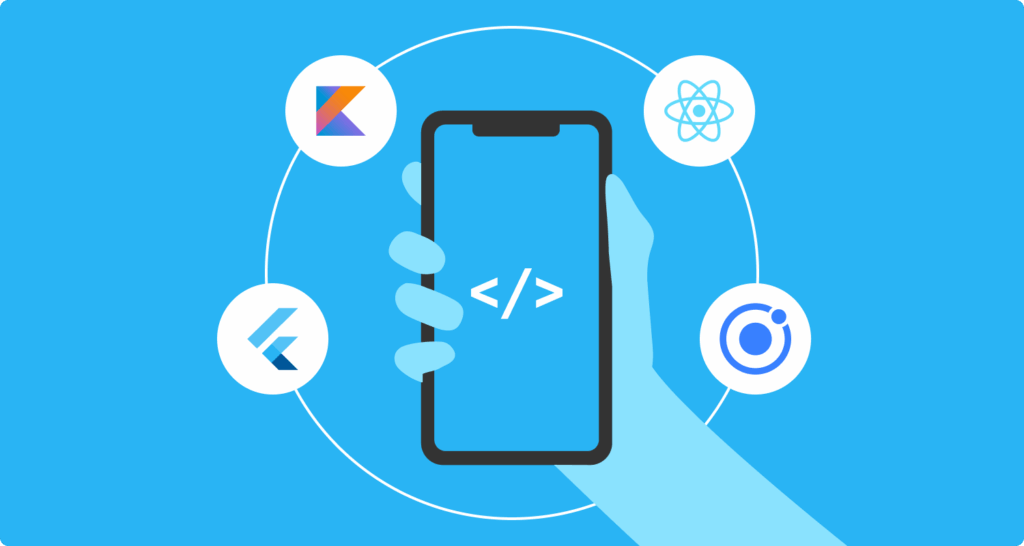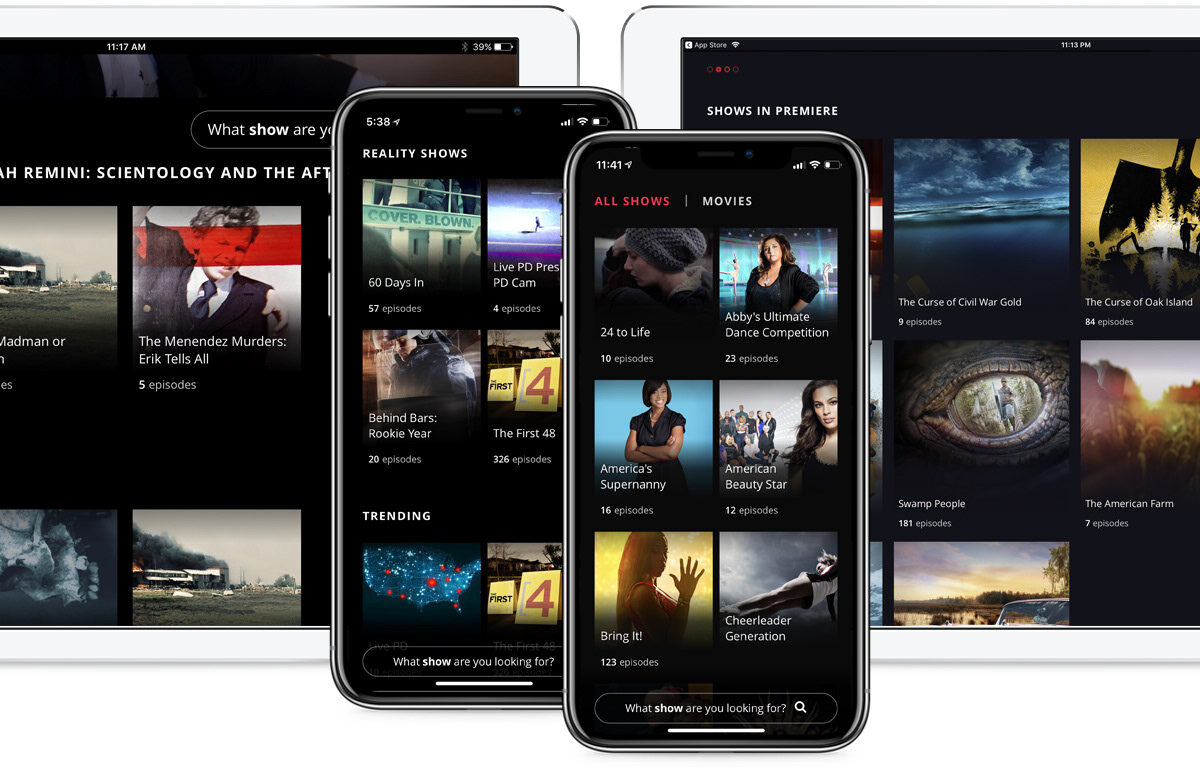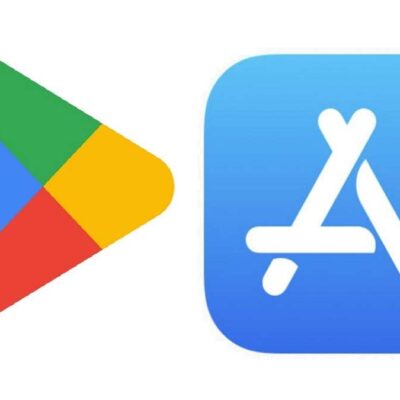In today’s digital age, apps have become an essential part of our everyday lives, from social networking and fitness tracking to banking and entertainment. With the proliferation of mobile devices and varying operating systems, developers face an increasingly complex challenge: creating apps that work seamlessly across different platforms, including iOS, Android, and even web and desktop. The solution that has emerged to address this challenge is cross-platform development.
Cross-platform development enables developers to write code once and deploy it across multiple platforms, significantly reducing development time, costs, and complexity. With the demand for apps to be accessible on a wide range of devices, cross-platform development is quickly becoming the go-to approach for developers. This article explores the rise of cross-platform development, its benefits and challenges, and how it is transforming the app development landscape.
The Traditional Approach to App Development
Historically, app development for different platforms followed a native development approach. Native development involves creating separate apps for each platform using the platform’s preferred programming languages and development tools. For example, iOS apps are typically developed using Swift or Objective-C, while Android apps are built using Java or Kotlin.
While native development provides the advantage of optimized performance and platform-specific features, it also comes with significant drawbacks. Developing separate apps for each platform means duplicating efforts, increasing the overall cost and development time. Furthermore, maintaining multiple codebases over time can become a logistical nightmare, as developers need to make changes, updates, or bug fixes across all platforms individually.
For many businesses and developers, the need to support multiple platforms without duplicating efforts became a growing pain. This is where cross-platform development began to gain traction.
What Is Cross-Platform Development?

Cross-platform development refers to the practice of writing a single codebase that can be deployed on multiple platforms, whether it’s mobile (iOS and Android), web, desktop, or even wearable devices. The idea is that developers can write the app once, and through various tools and frameworks, deploy it on all desired platforms with minimal changes to the original code.
The beauty of cross-platform development lies in the ability to streamline the development process. Instead of maintaining separate codebases for each platform, developers can focus on writing a single, unified set of code. Once the app is built, it can be adapted to different platforms through specific cross-platform frameworks and tools, saving both time and money.
Popular cross-platform frameworks include React Native, Flutter, Xamarin, and Ionic. These frameworks allow developers to create apps with near-native performance and look and feel while sharing much of the underlying codebase.
Key Benefits of Cross-Platform Development
1. Cost and Time Efficiency
One of the biggest advantages of cross-platform development is the reduction in development time and costs. Since developers write a single codebase, they don’t need to create separate versions of the app for each platform. This cuts down on the overall development time, which can be especially beneficial for startups and businesses with limited resources. Additionally, maintaining a single codebase reduces ongoing maintenance costs.
2. Wider Reach
Cross-platform development enables apps to be deployed on multiple platforms simultaneously, including mobile (iOS and Android), web, and desktop. With a broader reach, businesses can engage more users across different devices and ecosystems. This is particularly important for reaching global audiences, where different regions may favor different platforms.
3. Consistency in User Experience
Cross-platform development allows for a consistent user experience across platforms. With a single codebase, developers can ensure that the app’s design, functionality, and performance are uniform on all devices, whether users are on an iPhone, Android device, or desktop. This consistency helps improve user satisfaction and brand recognition.
4. Faster Updates and Bug Fixes
With a unified codebase, developers can quickly release updates, new features, and bug fixes across all platforms. Instead of updating each platform individually, a single change to the codebase can be pushed out to all versions of the app. This makes it easier to address issues and roll out improvements without delay.
5. Access to a Larger Developer Pool
Many cross-platform frameworks, like React Native and Flutter, are based on popular web technologies like JavaScript and Dart, respectively. This means that businesses can leverage a larger pool of developers who are already familiar with these languages. In turn, this lowers the barrier to entry for hiring skilled developers and speeds up the overall development process.
Challenges of Cross-Platform Development

While cross-platform development offers many benefits, it is not without its challenges. Developers must be mindful of several potential issues that can arise when adopting this approach.
1. Performance Limitations
Although cross-platform frameworks like Flutter and React Native offer near-native performance, there may still be cases where performance falls short compared to fully native apps. Apps that require intensive computing power or need to interact with hardware-intensive features, such as augmented reality (AR) or gaming, might experience lag or performance issues on cross-platform frameworks.
In these cases, native development might still be the better option, as it provides more control over optimization and hardware-specific functionality. However, for most standard apps, the performance of cross-platform frameworks is more than sufficient.
2. Limited Access to Native Features
Cross-platform frameworks often provide abstractions for accessing native platform features. However, there are instances where developers may need to use platform-specific APIs that are not supported or fully optimized by the cross-platform tool. In such cases, developers might have to write custom platform-specific code, which can undermine the time-saving benefits of cross-platform development.
Additionally, some native features or UI components may not be easily replicated on cross-platform frameworks, potentially resulting in a less-than-optimal user experience.
3. Complexity in Debugging
Although cross-platform frameworks allow for writing a single codebase, debugging issues can become more complex when the app is deployed across multiple platforms. Developers need to ensure that the app works seamlessly on different devices, each with its own unique requirements and limitations. Tracking down bugs that only appear on certain platforms can require additional effort and expertise.
4. Third-Party Libraries and Plugins
While cross-platform frameworks are increasingly robust, they still rely on third-party libraries and plugins for some platform-specific functionality. If these libraries are not actively maintained or lack support for the latest platform updates, it can pose a risk to the stability and long-term viability of the app.
The Future of Cross-Platform Development

The future of app development is increasingly leaning toward cross-platform solutions. As cross-platform frameworks continue to evolve, they are likely to become even more capable and efficient. For example, tools like Flutter are already pushing the boundaries of what’s possible by offering high-performance rendering engines and closer integration with native APIs.
As businesses strive to reach wider audiences and reduce costs, cross-platform development will remain a central strategy for many organizations. However, developers will need to strike a balance between using cross-platform frameworks and maintaining performance standards, ensuring that they deliver high-quality user experiences without compromising the integrity of their apps.
Moreover, with the growing focus on new technologies like augmented reality (AR), artificial intelligence (AI), and the Internet of Things (IoT), cross-platform frameworks will need to continue to evolve to keep pace with these advancements. As the lines between mobile, web, and desktop applications continue to blur, the demand for seamless, cross-platform solutions will only intensify.
Conclusion
Cross-platform development has revolutionized the way apps are built and deployed across various devices. By allowing developers to write a single codebase for multiple platforms, cross-platform tools save time, reduce costs, and enable wider reach, all while ensuring a consistent user experience. Despite the challenges, such as performance limitations and the complexity of debugging, the future of app development is increasingly moving toward cross-platform solutions. As these frameworks continue to improve, we can expect to see even more powerful, efficient, and user-friendly apps that work seamlessly across all devices.






